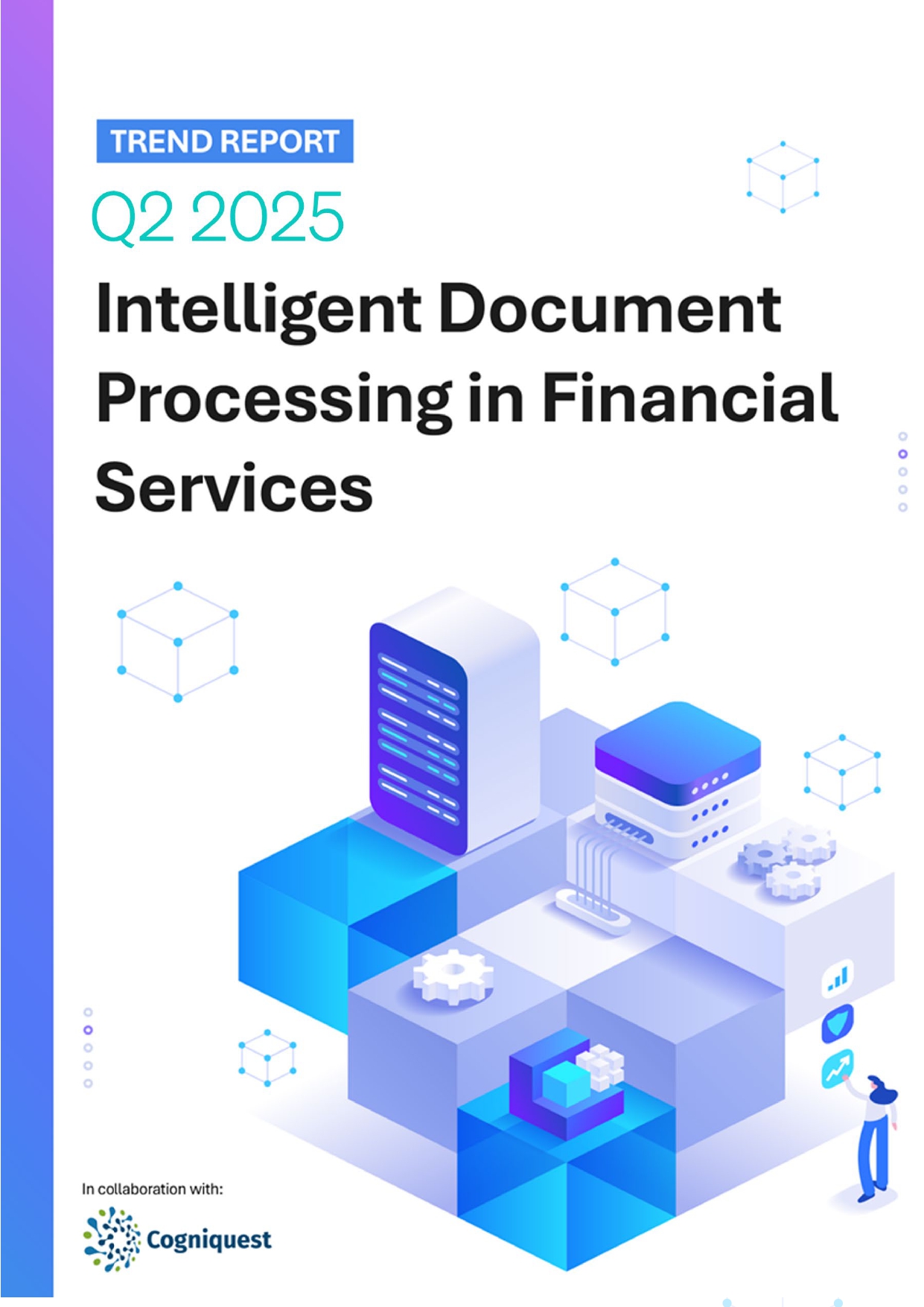 Back
Back
eCommerce is no longer possible without web scraping and big data

Studies have shown that companies that use data are almost 20 times more likely to be successful and have more than 50% better understanding of their customers. As a result, web intelligence is becoming increasingly important for businesses that rely on data, particularly for platforms that use publicly available data to analyze competitors, track customers, and generate leads.
By Gediminas Rickevičius, VP, Global Partnerships at Oxylabs
Web scraping and big data are essential for any eCommerce business allowing companies to glean insights from their competitors and provide the most up-to-date information on pricing, promotions, and market trends.
Changes in the retail landscape
In the US, the number of traditional retail stores dropped from over 450 thousand to nearly 350 thousand in 2021, with only a slight 2% increase in 2022. Although brick-and-mortar shops are slowly recovering after Covid, the increasing rent prices and cost of living are bringing new challenges to these businesses. It is estimated that over 50% of sales this year will be processed through digital platforms, ensuring the long-term viability of ecommerce.
The shift to online shopping revealed the need to get to know the growing number of customers better and faster. Competitiveness will only continue to grow, forcing companies to collect as much information as possible. Often it is understood that more data means a stronger business.
Big data – the driver of eCommerce competition
With the rise of accessible analytics tools and data-driven marketing strategies, eCommerce companies now have the advantage of tracking customer behavior more accurately. As a result, they are better able to tailor their services and products to meet customers’ exact needs and outplay their competitors in the process.
In the ecommerce world, big data is driving competition in a number of ways. By understanding customer behavior and preferences, retailers can better target their marketing efforts and personalize shopping experience to increase conversion rates. Additionally, companies can utilize advanced analytics to identify patterns and trends that can give them a competitive edge.
Data is also changing the landscape of pricing in eCommerce. Real-time data enables retailers to track competitors’ prices and adjust their own to stay competitive. Furthermore, dynamic pricing algorithms that take into account a variety of factors are becoming more common, further removing traditional price barriers.
Getting to big data with web scraping
Every day, approximately 2.5 quintillion bytes of data is created, and this deluge of information can be overwhelming for businesses, but it also presents a unique opportunity. Those who are able to harness this data and use it to their advantage will be well-positioned to succeed in the ecommerce competition.
Companies can make sense of this abundance of data and turn it into an advantage by creating a map of their competitor’s ecosystems. This involves not only identifying direct competitors but also analyzing their relationships with other players in the market.
Web scraping allows companies to quickly gather data about competitors’ assortments, observe what new products are appearing and disappearing, monitor price changes, and from that, observe their competitor’s strategy and learn. All this information can then be used to create a map of the competitive landscape, which can be valuable for a variety of purposes, such as:
Market trends analysis. Allows analyzing the introduction of new products and technologies, changes in market conditions, and shifts in customer preferences. By staying abreast of these changes, businesses can adjust their strategies to stay competitive and take advantage of new opportunities.
Competitive intelligence. A competitive ecosystem map can help a company to stay informed about its direct competitors, suppliers, as well as any other companies that might be vying for their customers’ attention.
Strategic planning. A competitor ecosystem map allows businesses to visualize the competitive landscape and better understand their competitors. This involves not only identifying direct competitors but also analyzing the relationships between competitors and other market players, such as suppliers, distributors, and customers. This can help businesses identify potential new partners, suppliers, and customers, as well as potential new threats.
By having a comprehensive understanding of the competitive landscape, companies can develop strategies to expand their market share.
Conclusion
eCommerce companies can no longer afford to operate without web intelligence and big data. These information sources are essential for staying competitive in today’s digital marketplace and for making data-driven decisions that will drive growth and profitability.
The competition relies heavily on the availability and utilization of data. A superior understanding of the information gives a permanent and comprehensive edge to a player. When one participant gains this advantage, the others must also adopt it to remain competitive. Otherwise, they will eventually be at a disadvantage in the long term.
IBSi News
Get the IBSi FinTech Journal India Edition
- Insightful Financial Technology News Analysis
- Leadership Interviews from the Indian FinTech Ecosystem
- Expert Perspectives from the Executive Team
- Snapshots of Industry Deals, Events & Insights
- An India FinTech Case Study
- Monthly issues of the iconic global IBSi FinTech Journal
- Attend a webinar hosted by the magazine once during your subscription period
₹200 ₹99*/month
* Discounted Offer for a Limited Period on a 12-month Subscription
IBSi FinTech Journal

- Most trusted FinTech journal since 1991
- Digital monthly issue
- 60+ pages of research, analysis, interviews, opinions, and rankings
- Global coverage
Other Related Blogs
June 27, 2025
Intelligent payment orchestration – why 2025 is an inflection point for banks in Europe
Read MoreRelated Reports

Sales League Table Report 2025
Know More
Global Digital Banking Vendor & Landscape Report Q2 2025
Know More
NextGen WealthTech: The Trends To Shape The Future Q4 2023
Know More
Intelligent Document Processing in Financial Services Q2 2025
Know More

